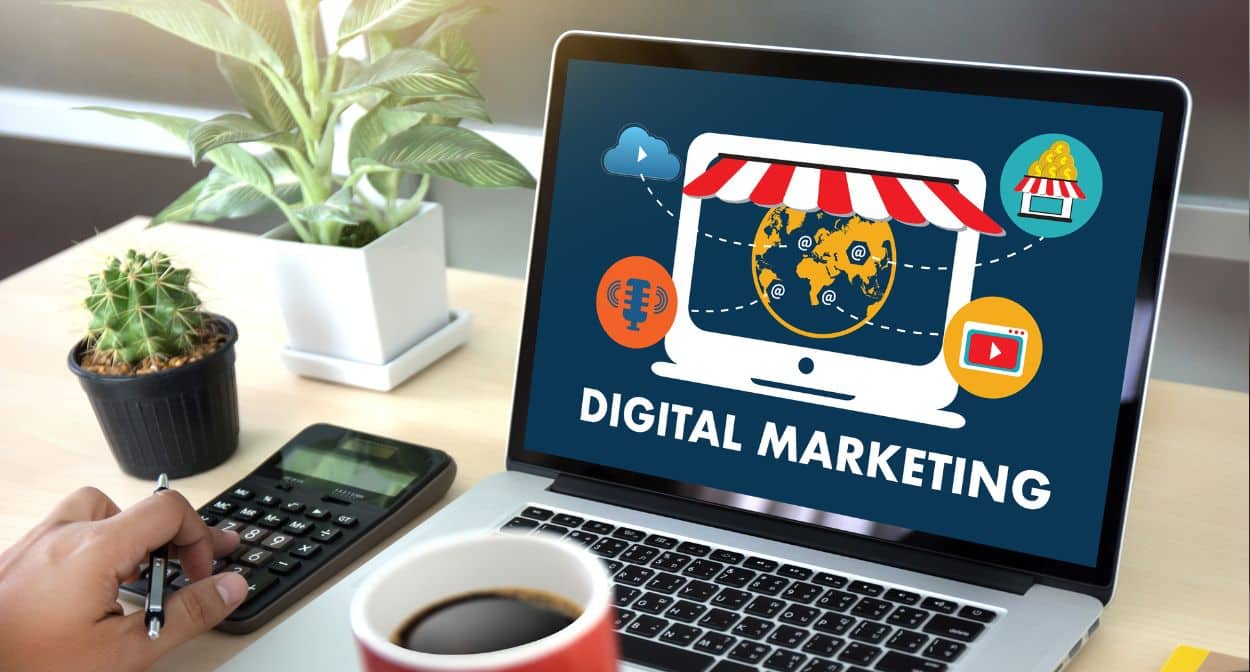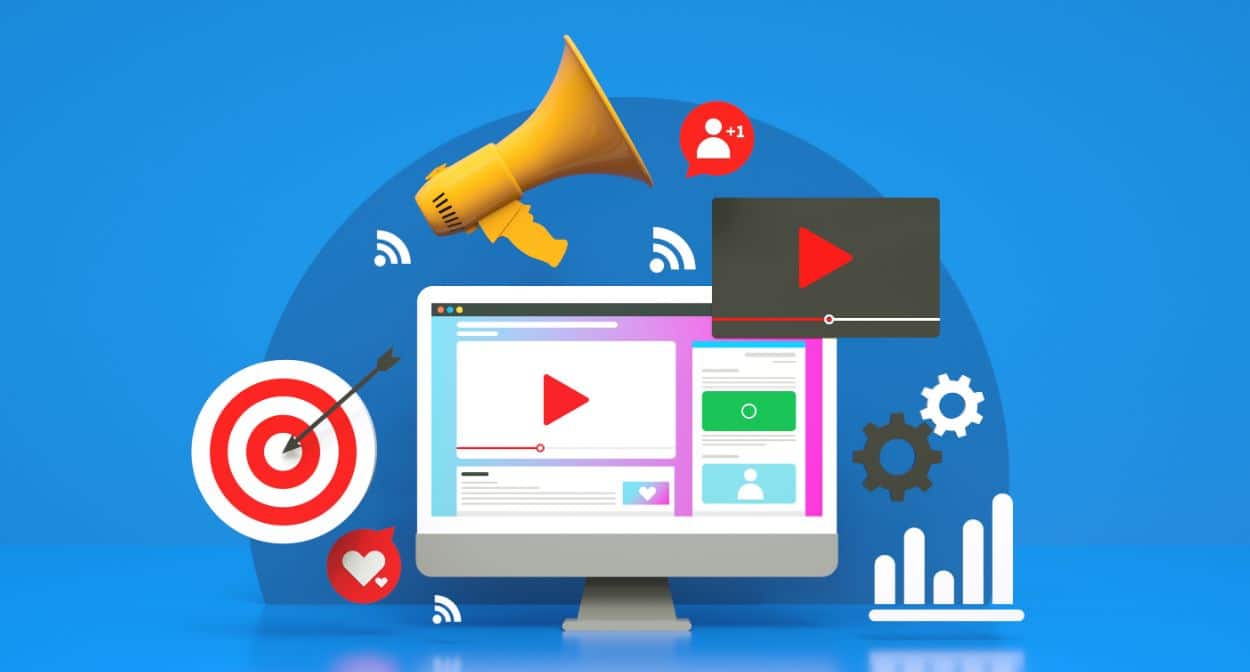
Essential Pages and Features for a Lead Generation Website: A Comprehensive Guide
In the digital world, your website is your home field. It’s where your potential customers come to learn about your business, explore your services, and hopefully, become leads. But just like a sports team needs a well-maintained field to play on, your business needs a well-structured, feature-rich website to convert visitors into leads.
In this comprehensive guide, I’ll be your coach, guiding you through the essential pages and features your website needs to become a lead generation powerhouse. So, let’s get started, shall we?
Overview of Key Pages
The Home Page
Think of your home page as the entrance to your stadium. It’s the first thing your visitors see, and it sets the tone for their entire experience.
Your home page should clearly communicate who you are, what you do, and how you can help your visitors. It should include a compelling headline, a brief overview of your services, and clear CTAs (Calls to Action) guiding visitors to the next step.
Remember, you only have a few seconds to grab your visitor’s attention, so make sure your home page is visually appealing, easy to navigate, and loads quickly.
The About Page
Your about page is where you get to tell your team’s story. It’s where you share your mission, your values, and what sets you apart from the competition.
A great about page should include your business’s history, your team members, and any awards or recognitions you’ve received. But more importantly, it should connect with your visitors on an emotional level, showing them why they should choose you over your competitors.
The Services Page
Your services page is your playbook. It’s where you detail the services or products you offer and how they can benefit your customers.
Each service should have its own section, complete with a descriptive headline, a detailed explanation, and a CTA guiding visitors to learn more or make a purchase.
Remember, your visitors are here because they have a problem they need solved. Show them how your services can solve that problem, and you’ll be one step closer to converting them into leads.
The Contact Page
Your contact page is your open line of communication with your visitors. It’s where they go when they’re ready to reach out and start a conversation.
A good contact page should include multiple ways to get in touch with you, such as a phone number, email address, and a contact form. It should also include your business hours and physical location, if applicable.
The Blog Page
Your blog page is your press box. It’s where you share news, insights, and valuable content with your visitors.
A well-maintained blog can position you as an authority in your field, build trust with your visitors, and improve your SEO ranking. Each post should be informative, engaging, and include a CTA guiding readers to related content or services.
Other Pages
Depending on your business, you may also want to include other pages like Testimonials, FAQ, or a Portfolio. These pages can provide additional information, build trust, and showcase your work.
Features for Lead Generation
Now that we’ve covered the key pages your website needs, let’s move on to the features that will turn your website into a lead generation machine.
Forms
Forms are the workhorses of lead generation. They’re how you collect information from your visitors, turning anonymous traffic into identifiable leads.
There are several types of forms you can use, each with its own purpose. Contact forms, for example, are great for general inquiries, while quote forms can be used to provide potential customers with a personalized estimate.
Regardless of the type, a good form should be easy to fill out, only ask for necessary information, and include a clear and compelling CTA. For example, instead of a generic “Submit” button, try something more enticing like “Get My Free Quote”.
Chatbots
Chatbots are the star players of your lead generation team. They’re always on the field, ready to engage with your visitors at any time.
Chatbots can answer common questions, guide visitors through your website, and even help them make a purchase. They’re especially useful for businesses that receive a high volume of inquiries or operate outside of regular business hours.
A good chatbot should be easy to use, provide accurate information, and have a friendly, conversational tone. Remember, the goal of a chatbot is to enhance the user experience, not replace human interaction.
Pop-ups
Pop-ups are like the cheerleaders of your website. They grab attention, generate excitement, and encourage action.
There are several types of pop-ups you can use, from exit-intent pop-ups that appear when a visitor is about to leave your site, to scroll-triggered pop-ups that appear after a visitor has scrolled a certain amount down your page.
While pop-ups can be highly effective, they can also be annoying if not used correctly. Make sure your pop-ups are easy to close, don’t appear too frequently, and offer real value to your visitors.
Other Features
Other features you might consider include CTAs and landing pages. CTAs are prompts that guide your visitors towards a desired action, while landing pages are standalone pages designed to convert visitors into leads.
Both of these features play a crucial role in guiding your visitors through the buyer’s journey and should be used strategically throughout your website.
How to Structure and Organize Your Website
A well-structured and organized website is crucial for successful lead generation. It not only enhances the user experience but also improves your website’s visibility in search engine results. Let’s delve into the key aspects of website structure and organization.
Website Hierarchy
The hierarchy of your website is its structural blueprint. It outlines how your main pages (Home, About, Services, etc.) and subpages are interconnected.
A well-planned website hierarchy should be simple, logical, and purposeful. Each page should serve a clear function, and the overall structure should be scalable, allowing for the addition of new pages or sections as your business evolves.
Navigation
Effective navigation is the compass that guides your visitors through your website. It helps them transition from one page to another, enabling them to find the information they seek effortlessly.
Your navigation should encompass a main menu with links to your primary pages, a footer with supplementary links and information, and breadcrumbs that indicate visitors’ current location on your site. The ultimate goal of your navigation is to facilitate ease of use. If visitors struggle to find what they’re looking for, they’re likely to abandon your site.
Mobile Responsiveness
In the current digital landscape, mobile responsiveness is non-negotiable. Your website must adapt seamlessly to the screen size of any device, be it a smartphone, tablet, or desktop.
A mobile-responsive website not only enhances the user experience but also boosts your SEO ranking. Google has explicitly stated that mobile-friendliness is a ranking factor, so if your website isn’t optimized for mobile, you risk falling behind your competitors.
Maintaining a Clean and Organized Website
Maintaining your website is akin to regular housekeeping. It involves removing outdated content, rectifying broken links, and periodically adding fresh, valuable content. Your website is a dynamic entity. It’s not a one-and-done project but requires ongoing attention.
Conclusion
We’ve journeyed through the essential pages and features of a lead generation website, and explored the importance of a well-structured and organized website. It’s clear that a well-designed website is a powerful tool in your digital marketing arsenal.
A well-structured, feature-rich website is more than just an online presence. It’s a platform where potential customers can learn about your business, explore your services, and ultimately, become leads. It’s a crucial component of your marketing strategy, and its importance cannot be overstated.
As you design or redesign your website, I encourage you to consider your specific needs and goals. What works for one business may not work for another. Your website should be a reflection of your business, tailored to your target audience’s needs and preferences.
Finally, remember that website optimization is an ongoing process. It’s not a sprint, but a marathon. The digital landscape is constantly evolving, and your website should evolve with it. Regular updates, testing, and optimization are key to maintaining a website that not only attracts visitors but also converts them into leads.
I hope this guide has provided you with valuable insights and practical tips to create an effective lead generation website. Remember, the journey to a successful website is a marathon, not a sprint. Keep optimizing, keep testing, and most importantly, keep your visitors’ needs at the forefront of your design decisions.























